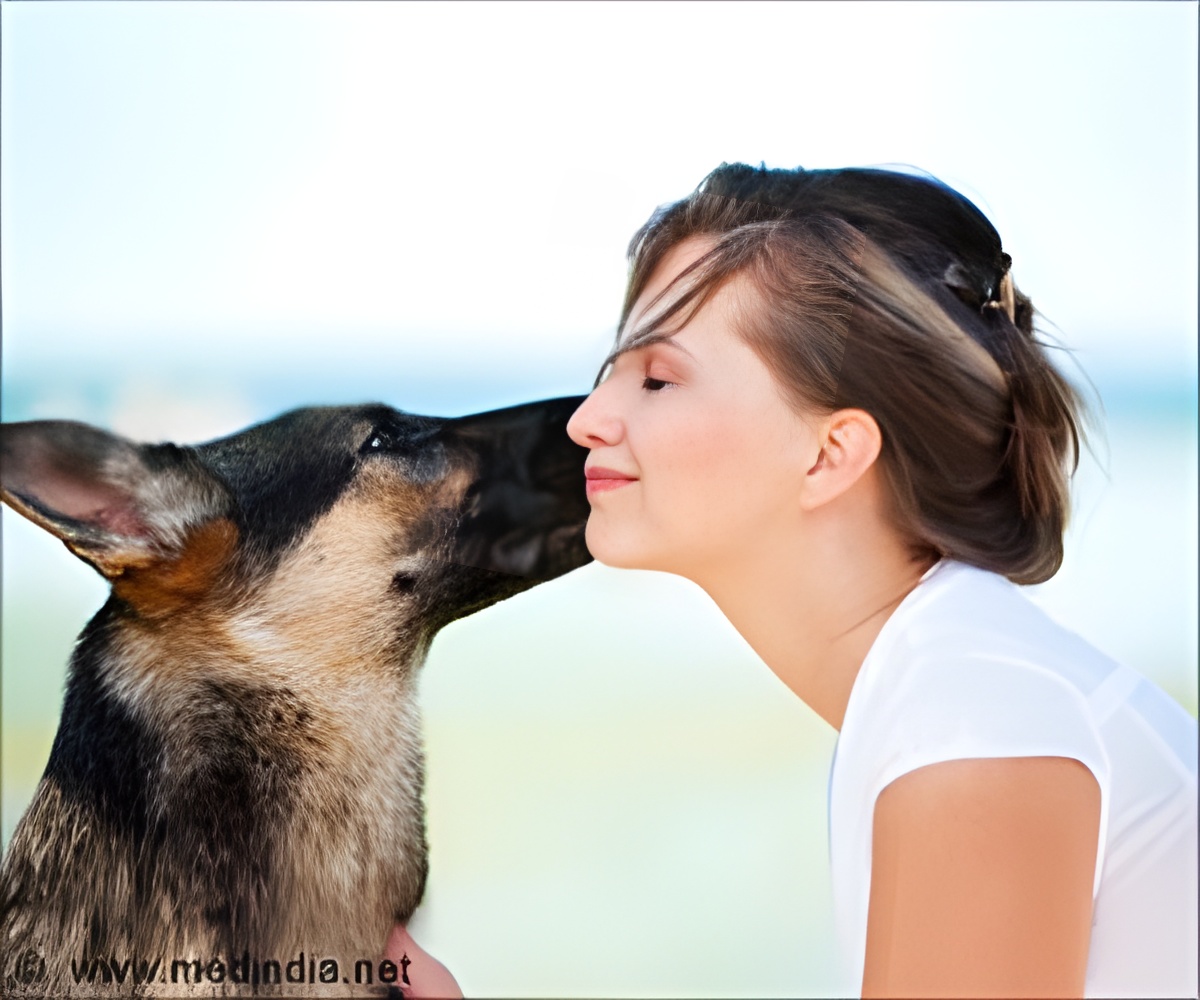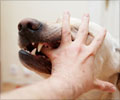The owners, whose dogs gazed at them longer, released more Oxytocin in their brain, which drives the emotional bonding between parent and offspring.

During the study, dogs were observed for 30 minutes in a room with their owners. The amount of time the dogs made an eye contact with their owners was used to put the dogs into two groups: long gaze and short gaze.
The dogs that gazed at their owners the most saw a significant increase in their oxytocin levels after the experiment. In the second experiment, oxytocin was sprayed onto the nose of some dogs. The dogs were put into a room with their owner and two strangers for 30 minutes.
The team discovered that female dogs looked at their owners longer and owners of these dogs released more oxytocin. "The lack of an effect on male dogs could be down to sex differences in the function of oxytocin," the authors wrote. The results show the existence of a continuous bonding loop between humans and dogs driven by oxytocin.
Eye contact between a mother and her baby strengthens their attachment by activating the so-called ’love hormone’-- oxytocin -- in the mother’s brain. This drives emotional bonding between parent and offspring by encouraging both nurturing and interactive behaviors. The findings were detailed in the journal Science.
Source-IANS










